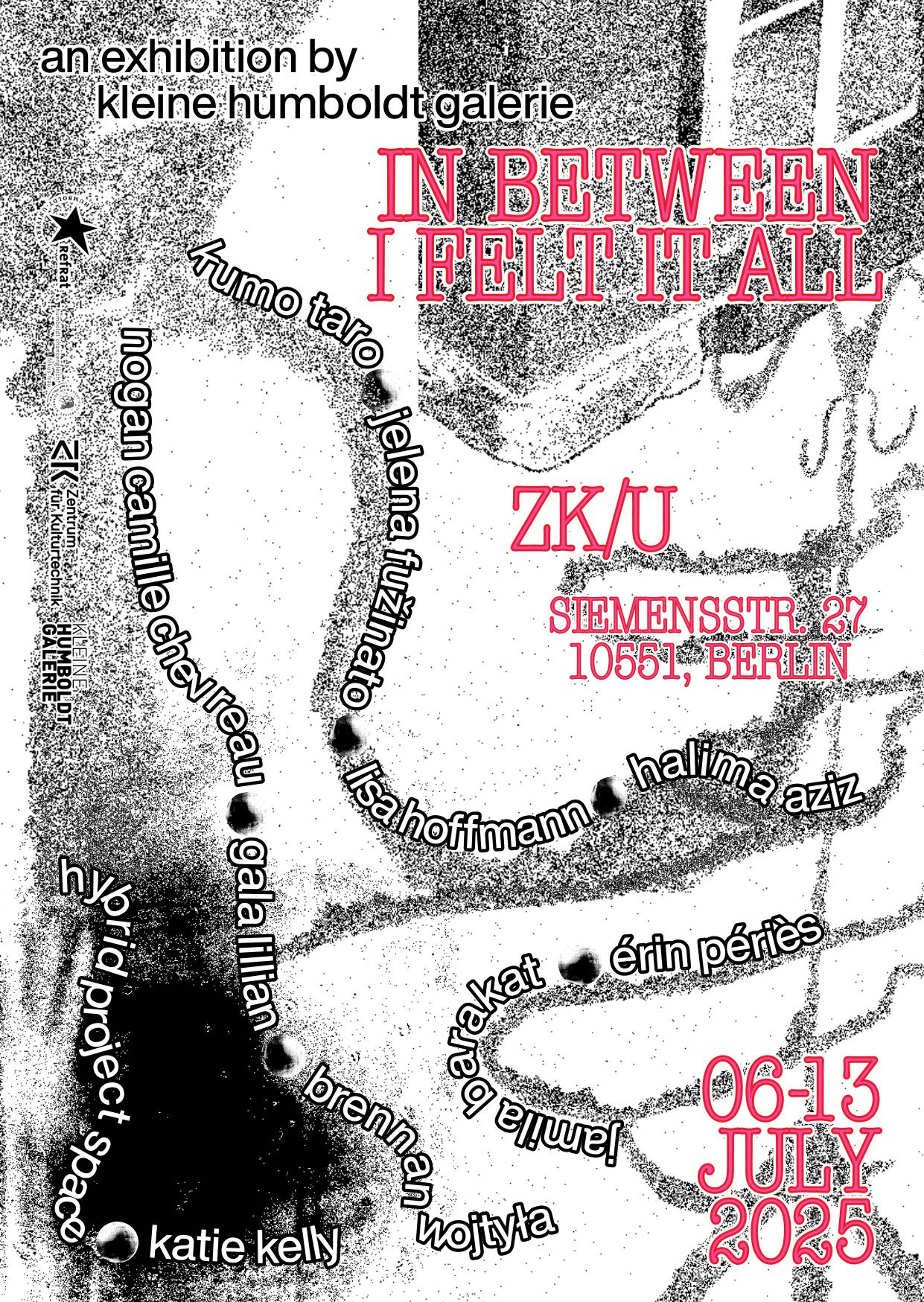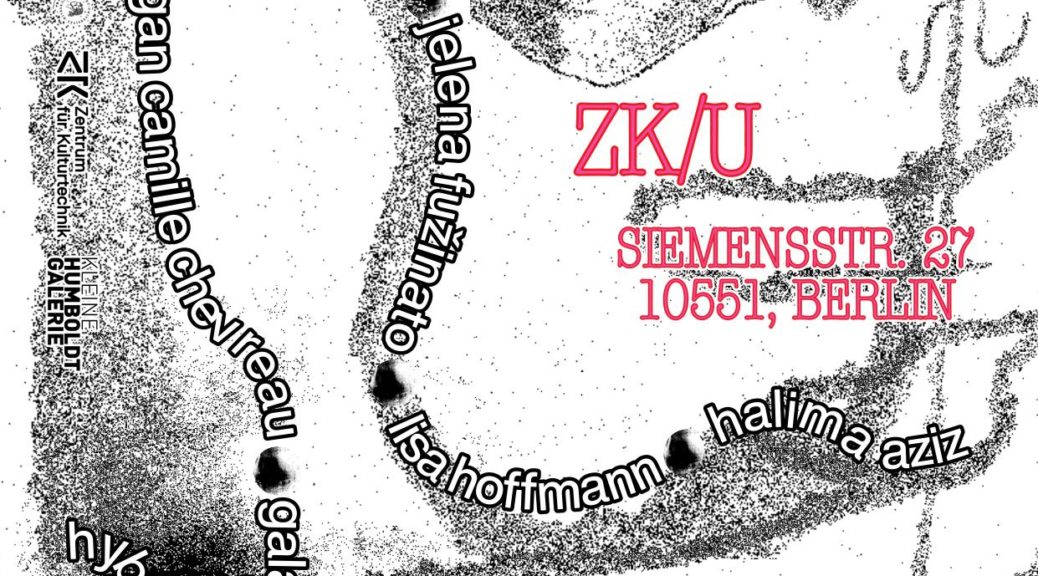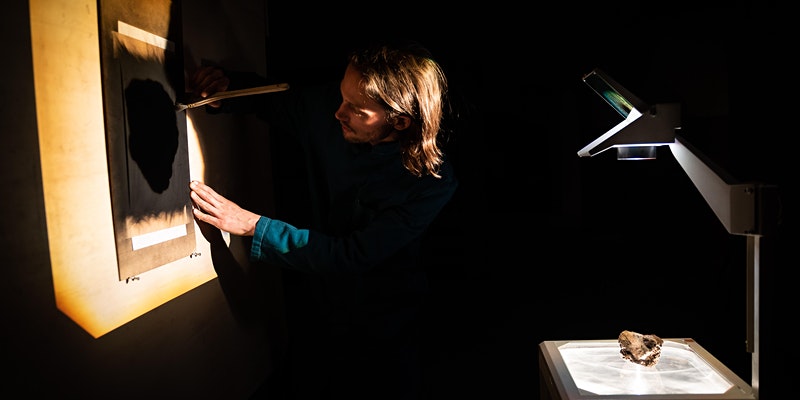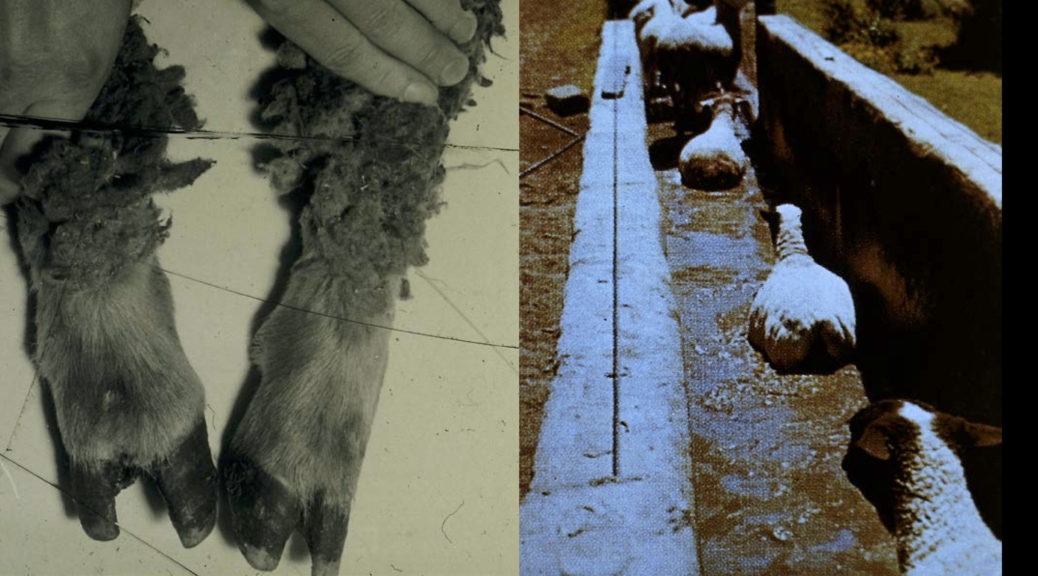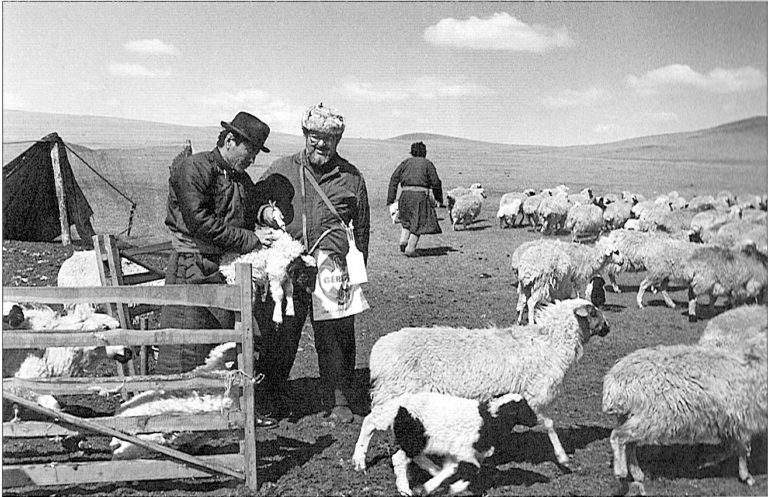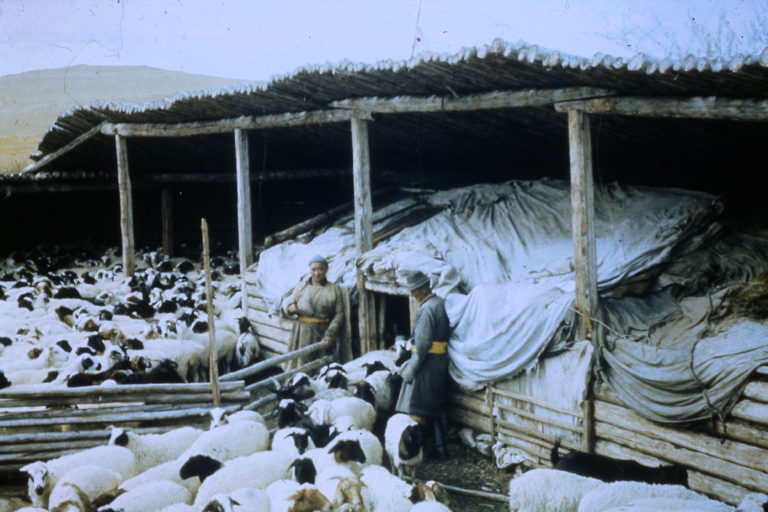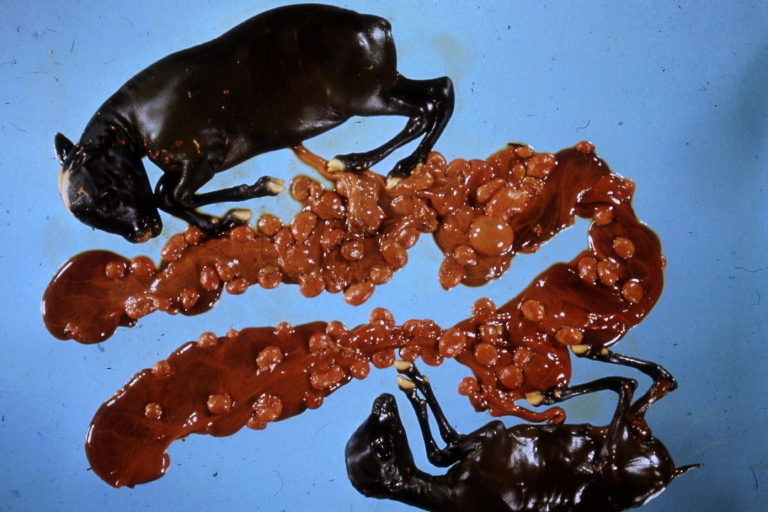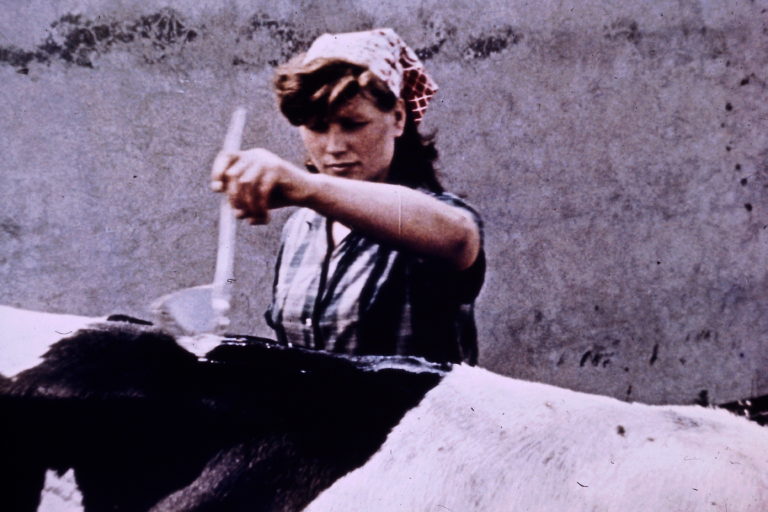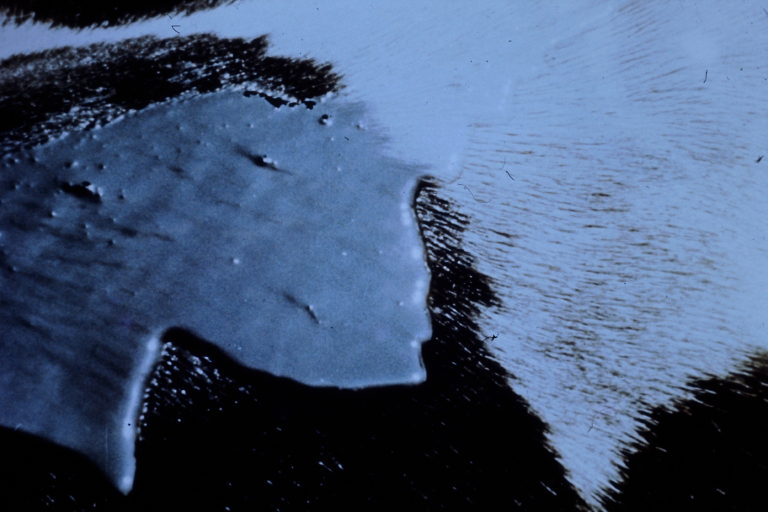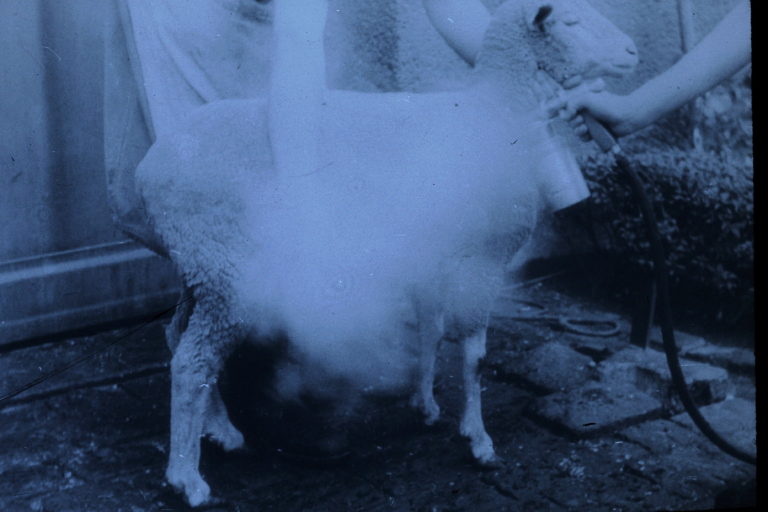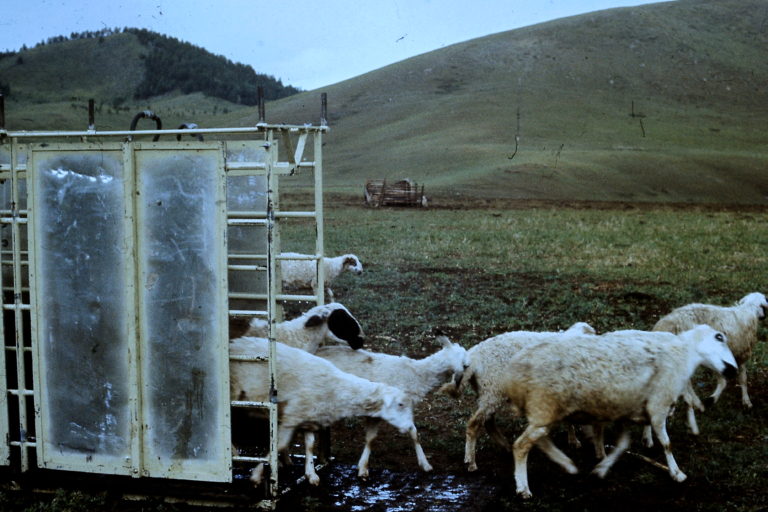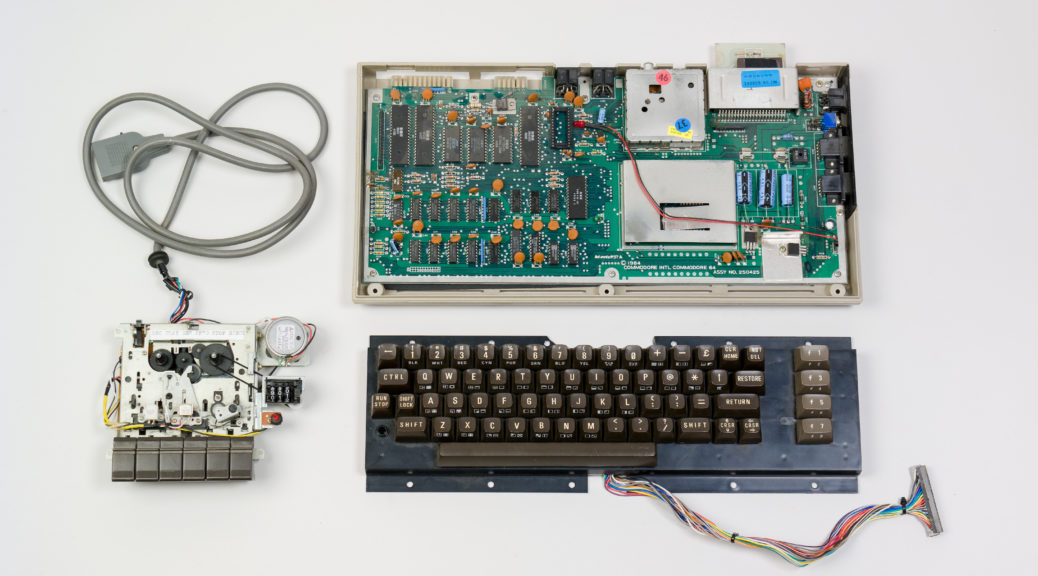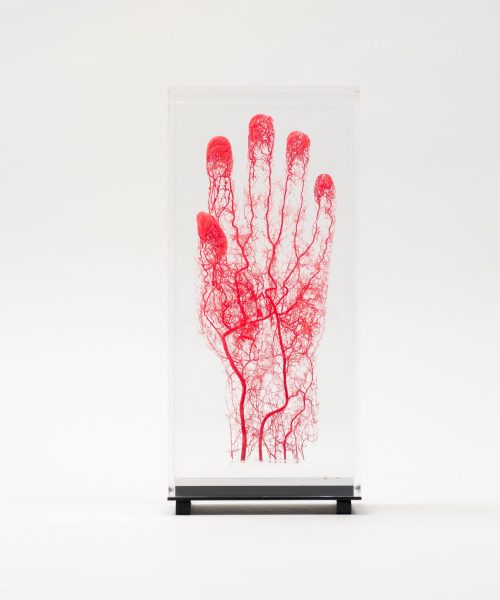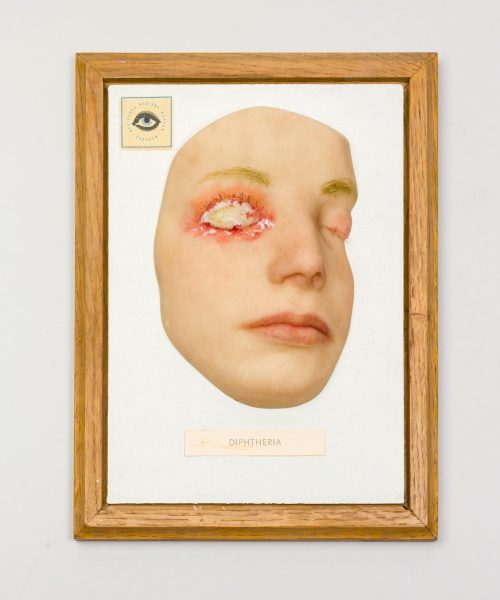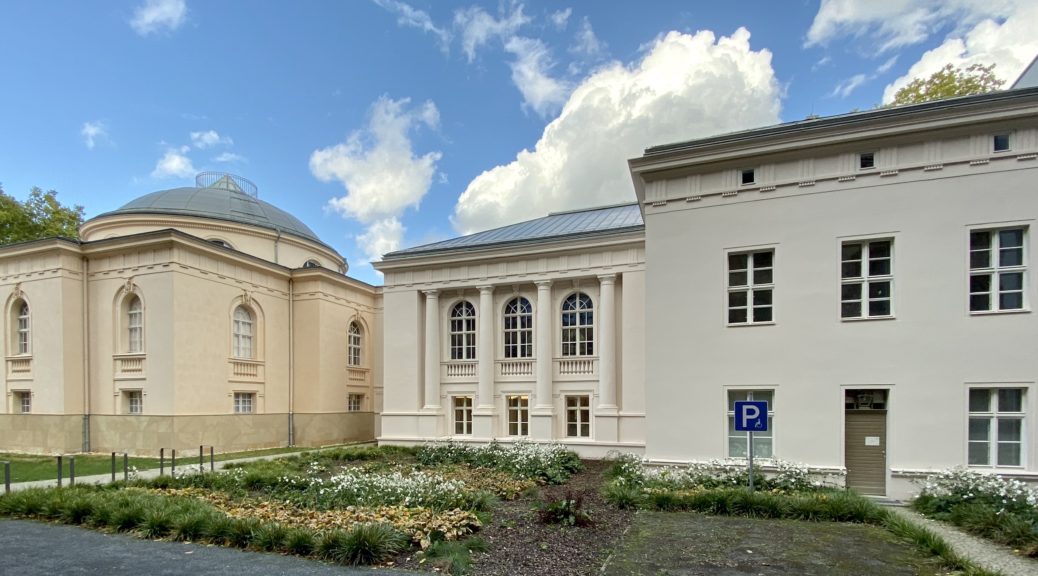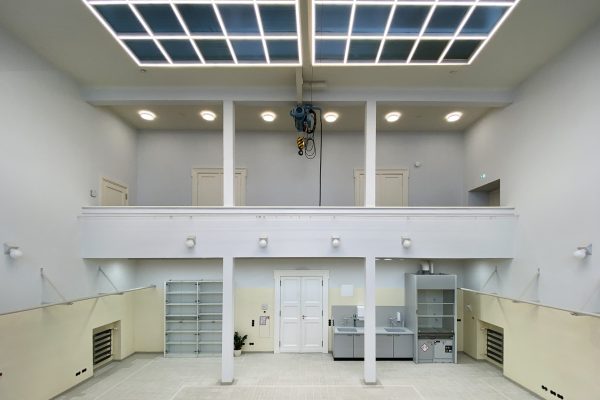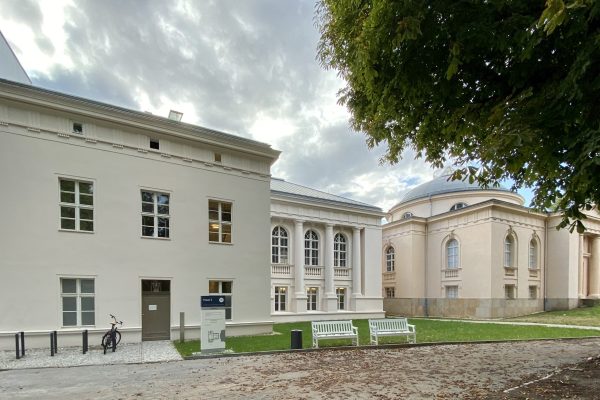06.07.2025 -13.07.2025 ZK/U (Zentrum für Kunst und Urbanistik)
Kumo Taro, Jelena Fužinato, Lisa Hoffmann, Jamila Barakat, Brennan Wojtyła, Gala Lillian, Érin Périès, Nogan Camille Chevreau Halima Aziz, Katie Kelly, Hybrid Project Space
an exhibition by Kleine Humboldt Galerie
The student-run and volunteer-based Kleine Humboldt Galerie presents a group exhibition featuring eight artistic positions, accompanied by a range of mediation formats.
In between I felt it all explores spaces and conditions of the “in between” – transitions that are difficult to grasp. As members of society, we move through private, public, and shared spaces every day. But where do those places begin that feel in between? On emotional and identity levels, too, we navigate fields of tension that create states of ambiguity. The “in between” is paradoxical and ambivalent – which is precisely why it calls for artistic engagement.
The exhibited works approach this theme in diverse, interconnected ways: as architectural fragments, as queer and/or diasporic identities, or as subtle shifts between visibility and invisibility. Through installation, photography, painting, and performance, the artists open up urban in-between spaces, question social norms, and offer personal insights.
Mediation formats build bridges between artworks and audiences. They invite participation, contextualization, and critical engagement. Questions of identity and political belonging are not just presented, but actively negotiated – creating space for reflection, new perspectives, and critical inquiry.
Vernissage: 5. July 2025, 6pm
When: 6.-13. July 2025
Where: ZK/U (Zentrum für Kunst und Urbanistik), Siemensstraße 27, 10551 Berlin
Program
July 5th: 6pm – 12am: Vernissage
July 6th: 6pm – 8pm: going through, or armstand with overback – part I
A performance by Nogan Camille Chevreau *
July 10th: 8pm: out of frame – Between Film and Conversation x Unscharfer Filmtreff
July 12th: 12pm – 9pm: Festival Day
-
12 – 1pm & 1 – 2pm: moving in between – Dance and movement workshop with Katie Kelly *
-
1 – 3pm: finding words in between – Collaborative writing on queer perspectives
-
3 – 6pm: *Halima’s Tatreez Workshop
-
7pm: Artist Talk with Gala Lillian and Jamila Barakat
July 13th: 2pm – 9pm:
-
2pm: Curator’s Tour
-
4pm: spilling tea – A coffee gathering on the exhibition *
-
7pm: going through, or armstand with overback – part II
A performance piece by Nogan Camille Chevreau ** Registration required via email: kleinehumboldtgalerie@hu-berlin.de
